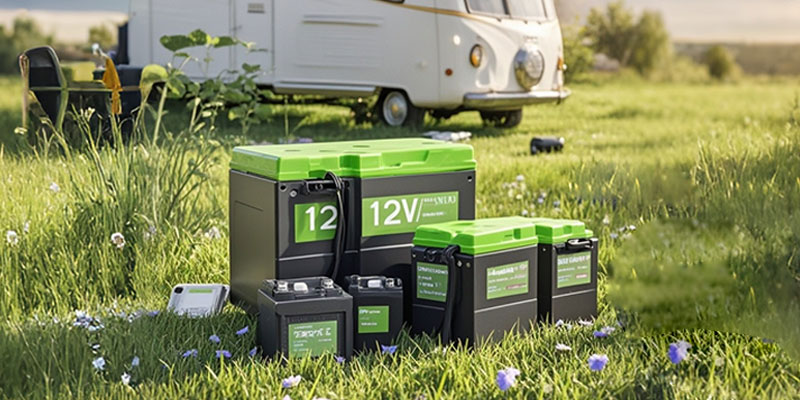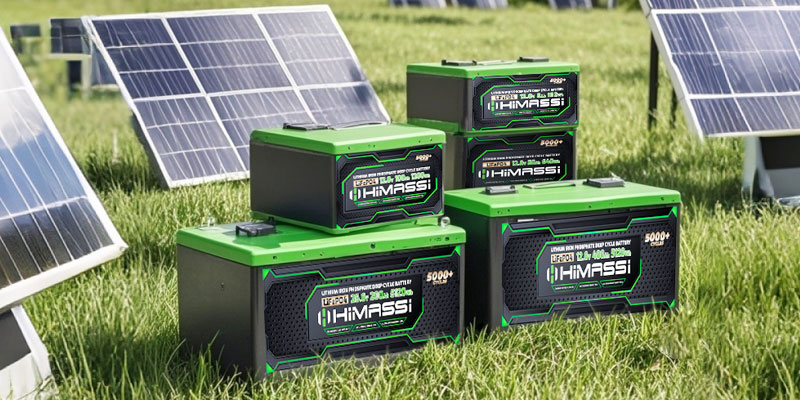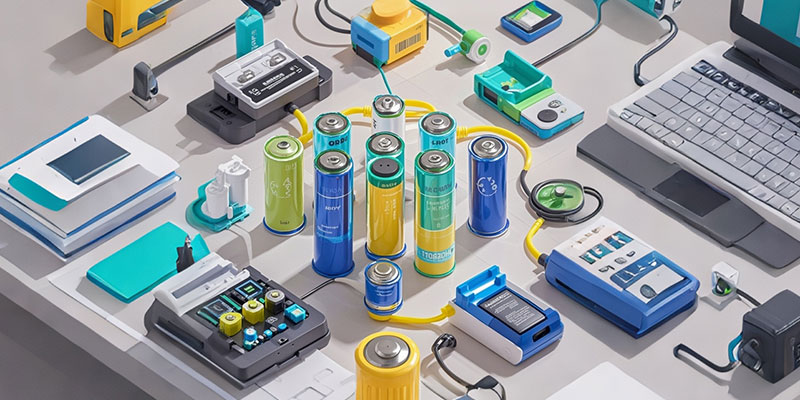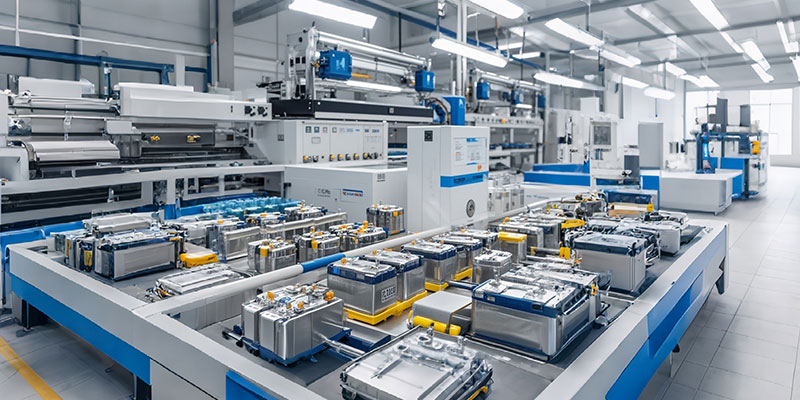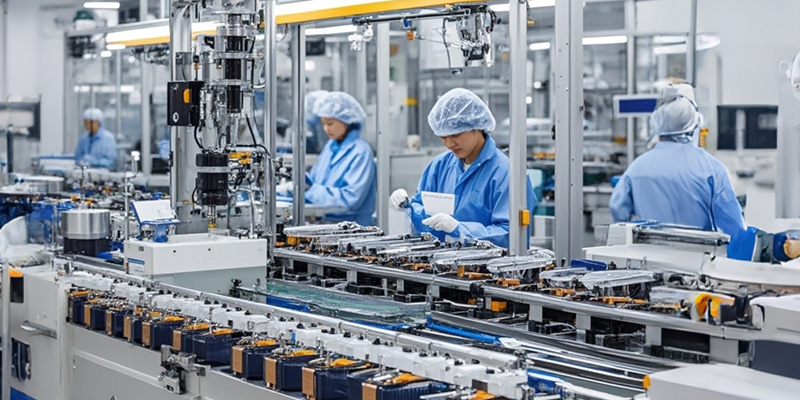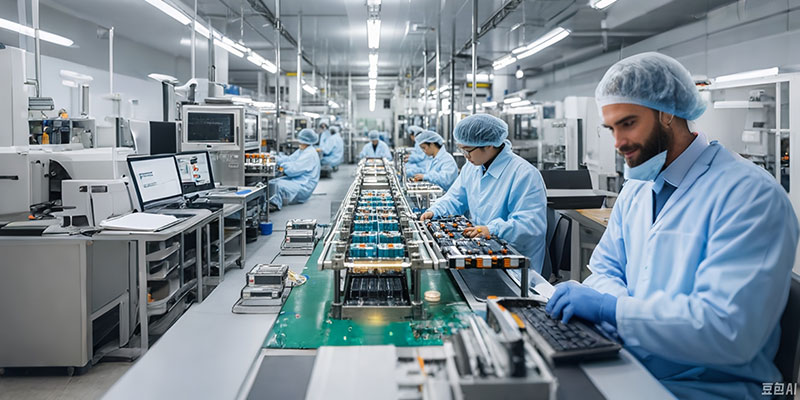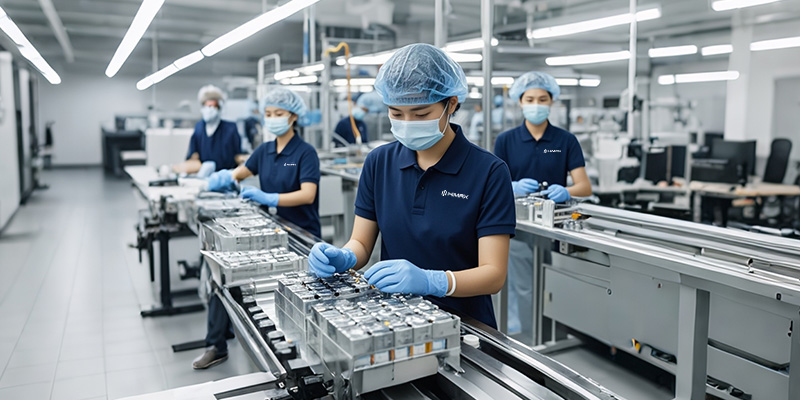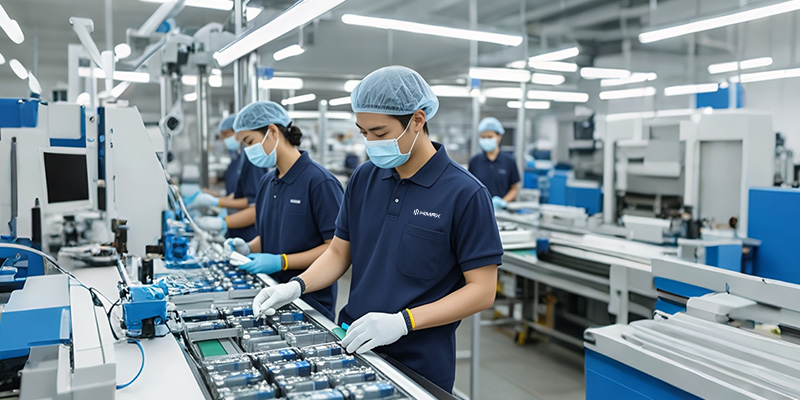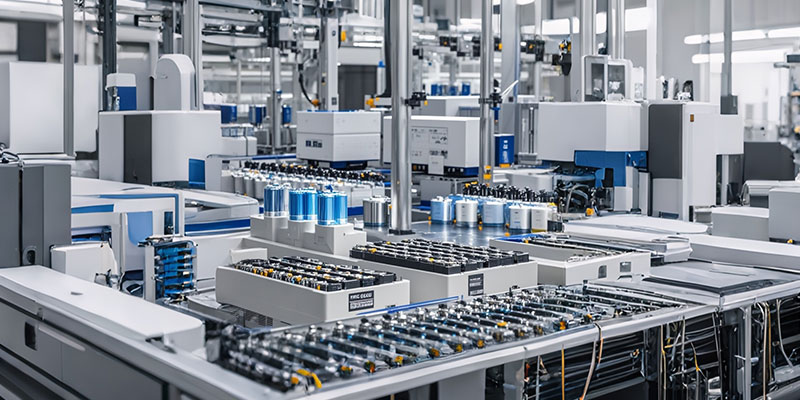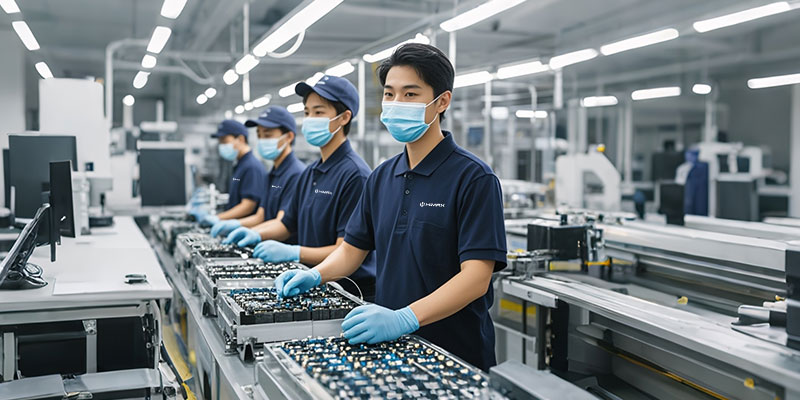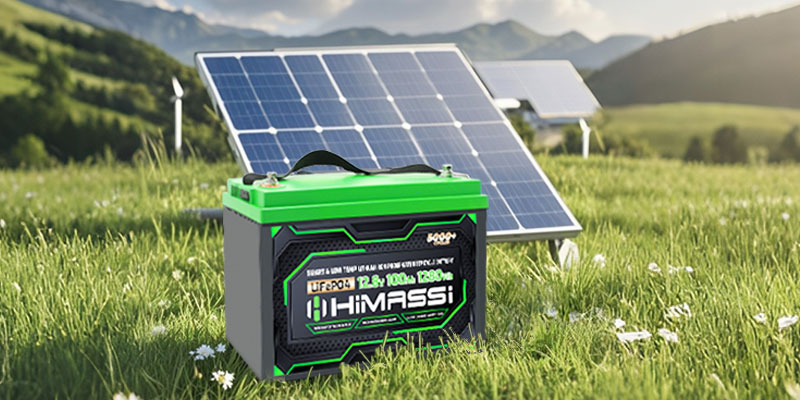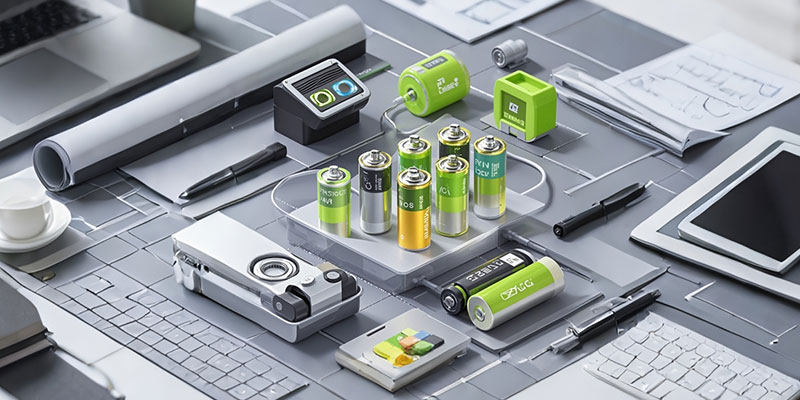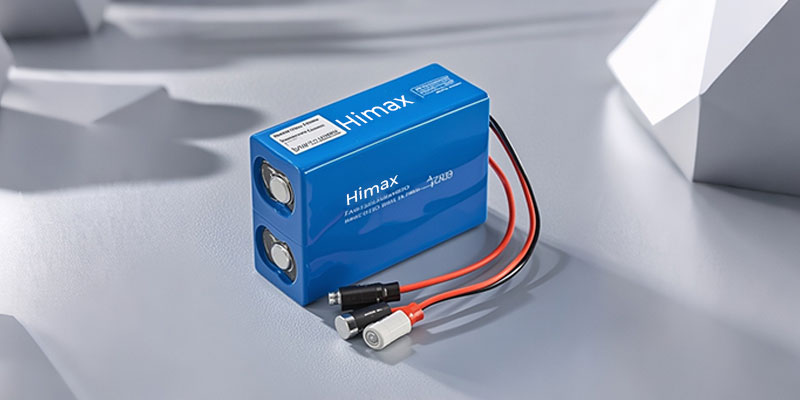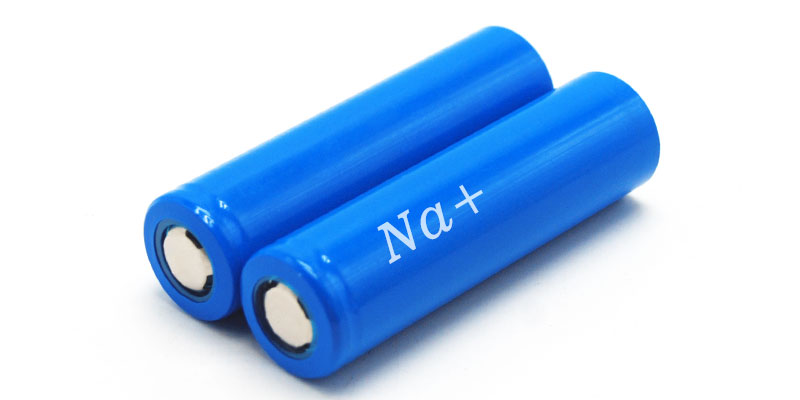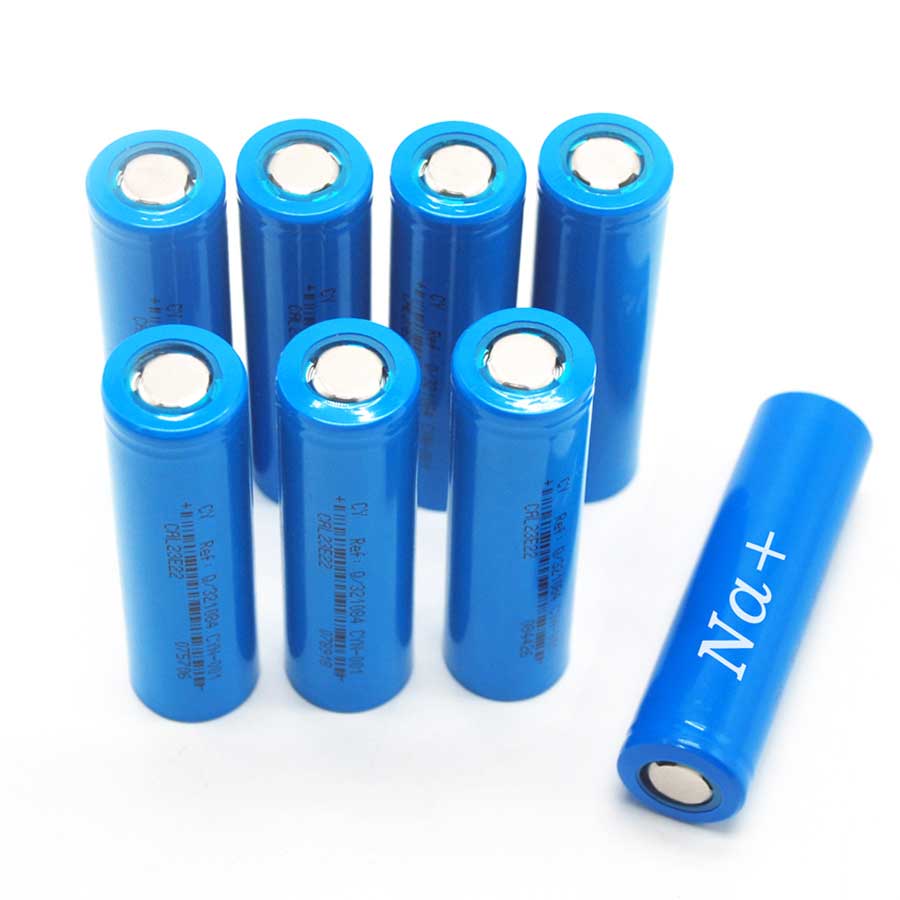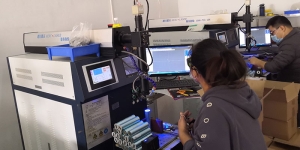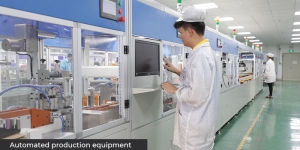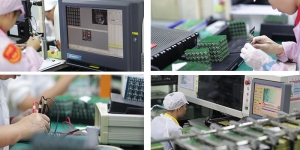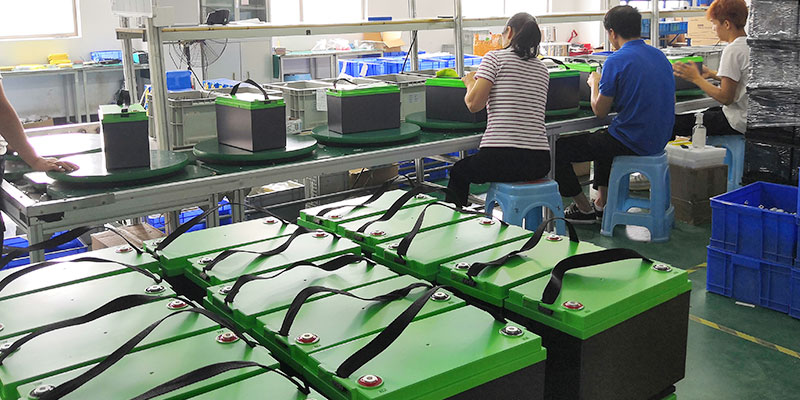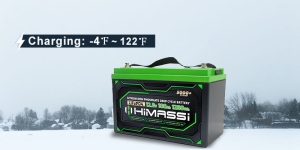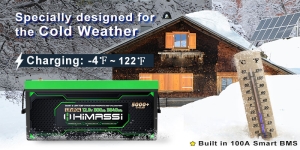In the rapidly evolving battery market, selecting a reliable LiFePO4 (Lithium Iron Phosphate) battery supplier is crucial to ensure product quality and sustainable business growth. LiFePO4 batteries are preferred in various applications such as electric vehicles, energy storage systems, and portable electronic devices due to their high safety, long lifespan, and eco-friendly attributes. This article provides a comprehensive guide on how to evaluate and choose the best LiFePO4 battery suppliers to meet your business needs.
- Production Capability and Technological Strength
Choosing the right LiFePO4 battery supplier involves assessing their ability to consistently produce high-quality batteries at scale. This capability is a critical factor, especially for businesses that require a steady and reliable supply of batteries to avoid production delays and fulfill market demands. It’s essential to select a supplier whose production capacity aligns with your business needs.
- Assess Production Scale: It is crucial to visit the supplier’s manufacturing facilities if possible. This visit can provide valuable insights into the scale and sophistication of their production operations. Look for modern, automated production lines that can handle large orders efficiently. Additionally, assess whether the supplier can scale production quickly without compromising quality, which is vital during periods of unexpected demand spikes.
- Evaluate R&D Strength: The technological innovation of a supplier is equally significant. A strong R&D department indicates that a supplier is not only keeping up with current industry trends but is also working towards future advancements. This can be a major competitive advantage, as it often leads to more efficient and powerful battery technologies. Check for patents, published papers, and ongoing research projects to gauge the supplier’s dedication to innovation and improvement.
- Quality Control System
The quality of LiFePO4 batteries directly impacts their performance, safety, and lifespan, making it one of the most crucial factors when selecting a supplier. A robust quality control system ensures that every batch of batteries not only meets but ideally exceeds industry standards. This system is vital to maintaining product reliability and customer trust.
- Check Quality Certifications: Quality certifications are not just formalities; they are proof that a supplier adheres to stringent quality standards and processes. Certifications such as ISO 9001 demonstrate a commitment to quality management practices. It is also beneficial to look for industry-specific certifications that pertain to battery manufacturing, which can provide further assurance of the supplier’s expertise and compliance with safety standards.
- Quality Monitoring Techniques: Understanding the specific quality monitoring techniques a supplier uses is essential. This includes the equipment and methods used for testing the batteries’ performance and safety features. For instance, cycle life tests measure how many cycles a battery can undergo before its capacity falls below a certain threshold, which is critical for applications requiring longevity. Safety tests might include thermal runaway analysis, which is crucial for assessing how batteries behave under abnormal conditions. A supplier with comprehensive testing facilities and protocols is likely to produce more reliable and safer batteries.
- Customization and Flexibility
In today’s market, the ability to provide customized solutions is a significant advantage for a LiFePO4 battery supplier. Businesses often have unique requirements based on their specific applications, which standard products may not fully satisfy. A supplier’s ability to adapt and offer tailored solutions can be a game-changer.
- Customization Capabilities: Effective customization goes beyond altering basic features; it involves a deep understanding of the client’s needs and the ability to innovate accordingly. Ask potential suppliers about their process for developing custom solutions. This includes how they handle unique voltage and capacity requirements or modifications to the battery management system (BMS) that can enhance performance specific to your application. A supplier with strong customization capabilities will typically have a collaborative approach, working closely with you to ensure the final product exactly meets your specifications.
- Response Flexibility: The dynamics of business often require quick adjustments to production and supply chains. Assess how well a supplier can handle sudden changes in order volume or specifications. This flexibility can be crucial during unexpected market demands or when special project needs arise. Evaluate the supplier’s logistical capabilities and their track record in meeting tight deadlines without sacrificing quality. A flexible supplier can significantly reduce the risk of project delays and increase the efficiency of your operations.
- Customer Reviews and Reputation
The reputation of a LiFePO4 battery supplier in the market can tell you a lot about their reliability and quality of service. A supplier with a strong reputation is likely to deliver consistent quality and meet your expectations. Evaluating a supplier’s reputation involves looking at both customer reviews and their history of collaborations.
- Case Studies: Detailed case studies of the supplier’s previous collaborations can provide insights into their capacity to meet client needs and handle complex projects. Request case studies that detail the scope of work, challenges faced, solutions provided, and the outcomes. Such cases can highlight the supplier’s problem-solving capabilities and their ability to deliver as promised under pressure.
- Market Reputation: Looking beyond just testimonials and researching broader market feedback through forums, industry reports, and other businesses in your network can offer a more comprehensive view of the supplier’s reputation. This can include their ethical practices, customer service responsiveness, and the general satisfaction of their clients. A supplier known for their integrity and exceptional service will likely enhance your business operations and help maintain high standards.
- After-Sales Service and Technical Support
A supplier’s commitment to after-sales service and technical support is a critical aspect of their overall value proposition. Effective after-sales support ensures that any issues you encounter during the usage of LiFePO4 batteries are promptly and efficiently resolved, which is essential for maintaining operational continuity and customer satisfaction.
- After-Sales Service System: A robust after-sales service system should include accessible customer service, quick response times, and effective problem-solving mechanisms. It’s important to understand the warranty terms, what they cover, and the process for claiming warranty services. Additionally, suppliers should offer ongoing maintenance services to ensure the batteries maintain optimal performance over their lifespan. Find out if the supplier has a dedicated support team and whether they offer training sessions to help your staff understand and manage the batteries more effectively.
- Technical Support Capabilities: Comprehensive technical support goes beyond troubleshooting; it encompasses a range of services including installation guidance, regular performance checks, and updates on the latest advancements in battery technology. Assess whether the supplier provides detailed documentation and support for the integration of their batteries into your existing systems. The availability of remote diagnostic tools and the ability to provide on-site support when necessary are also indicative of a supplier’s dedication to customer service.
- Cost-Effectiveness Analysis
When selecting a LiFePO4 battery supplier, analyzing the cost-effectiveness of their offerings is crucial. This not only involves the initial purchase price but also considers the total cost of ownership, which includes factors such as the longevity of the batteries, maintenance costs, and potential savings from higher efficiency and fewer replacements.
- Comprehensive Cost Consideration: Evaluate the overall cost-effectiveness by considering the upfront cost in conjunction with longer-term operational costs. A supplier might offer batteries at a lower initial price, but if those batteries have a shorter lifespan or require frequent maintenance, the long-term costs could be higher. Conversely, a more expensive battery with a longer warranty and better performance metrics might offer greater savings over time.
- Performance vs. Price: Balance the cost with the expected performance. It’s important to assess the performance specifications of the batteries, such as their energy density, charge cycles, and efficiency. Higher-performing batteries may command a higher price but can provide more value in the long run by reducing the frequency of battery replacements and offering better compatibility with high-demand applications.
- Introduction to Himax Electronics
As a distinguished leader in the LiFePO4 battery industry, Himax Electronics offers unparalleled expertise and innovative solutions that set it apart from other suppliers. Our deep industry knowledge and commitment to quality enable us to provide superior LiFePO4 battery solutions that are tailored to meet the diverse needs of our clients.
- Technical Expertise and Innovation: Himax Electronics has a solid foundation in battery technology, supported by a robust team of engineers and researchers dedicated to pushing the boundaries of what’s possible with LiFePO4 technology. Our continuous investment in research and development leads to regular breakthroughs in battery performance, efficiency, and safety, ensuring that our products remain at the forefront of the industry.
- Customized Solutions: Understanding that no two businesses are the same, we pride ourselves on our ability to create bespoke battery solutions that address the specific challenges and requirements of each client. Whether it’s adjusting the battery’s capacity, size, or power output, Himax Electronics collaborates closely with customers to design and manufacture batteries that perfectly fit their applications.
- Global Reach and Reliable Supply Chain: With operations spanning multiple continents, Himax Electronics ensures a reliable supply of high-quality LiFePO4 batteries worldwide. Our global logistics network allows us to deliver products efficiently and effectively, reducing lead times and ensuring that our clients can depend on us for their battery needs without interruption.
- Sustainable Practices: Committed to sustainability, Himax Electronics utilizes environmentally friendly processes and materials throughout our manufacturing and supply chain. By choosing us, clients not only receive high-quality battery solutions but also contribute to a greener and more sustainable future.
Conclusion
Choosing the right LiFePO4 battery supplier is more than just about finding a vendor; it’s about forging a partnership that can enhance the technological and commercial capabilities of your business. The ideal supplier not only meets your current needs but also anticipates future requirements, supporting your growth and innovation.
- Strategic Partnership: The selection of a LiFePO4 battery supplier should be viewed as a strategic decision that affects the core of your business operations. A good supplier acts as a partner that contributes to your business’s success by providing reliable products, technical support, and continuous improvements in battery technology.
- Long-Term Benefits: Consider the long-term benefits of working with a reputable supplier like Himax Electronics. Our commitment to quality, coupled with our innovative approach to battery technology, ensures that you receive products that offer longevity, reliability, and performance. This not only reduces the total cost of ownership but also enhances your competitive edge in the market.
- Commitment to Excellence: At Himax Electronics, we are dedicated to exceeding the expectations of our clients through our advanced technology, customer-focused solutions, and unwavering support. By choosing us, you ensure a supply chain that is resilient, innovative, and aligned with the highest standards of industry excellence.

